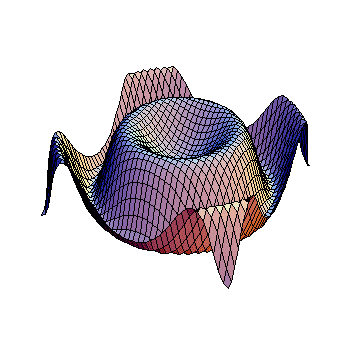Question #6e2b5
1 Answer
Depends on the species at hand,
Explanation:
Species like
Aren't really affected by the pH, although species like
Are influenced by the pH, since the pH will influence the reduction potential, which will influence the
In general, if we have species that
(Having a semirreaction that won't necessarily be real, just for explanation purposes, assuming of course this is a balanced equation as well as remembering we always write these equations as reductions and not oxidations)
The reduction potential (at standard temperature and pressure) will be given by
(For units in milivolts, if you'd rather work with volts, just use
From there all you need to do to see how the pH wil affect the reaction is plug in

